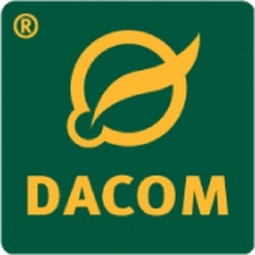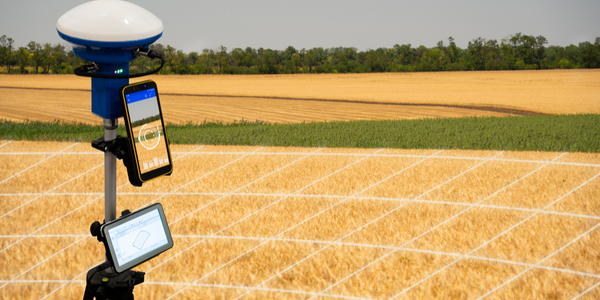Dacom
Case Studies
Executing Precision Farming to Maximize Yields
Overview
 |
Executing Precision Farming to Maximize YieldsDacom |

|
Analytics & Modeling - Big Data Analytics Sensors - Camera / Video Systems Sensors - Environmental Sensors | |
Agriculture | |
Process Manufacturing | |
Agriculture Disease & Pest Management Smart Irrigation | |
Operational Impact
| [Cost Reduction - Energy] Less wasted resources | |
| [Efficiency Improvement - Labor] Less time invested monitoring conditions by person | |
| [Efficiency Improvement - Productivity] A more efficient monitoring infrastructure enables more crops to be planted and unlocks higher yields | |


